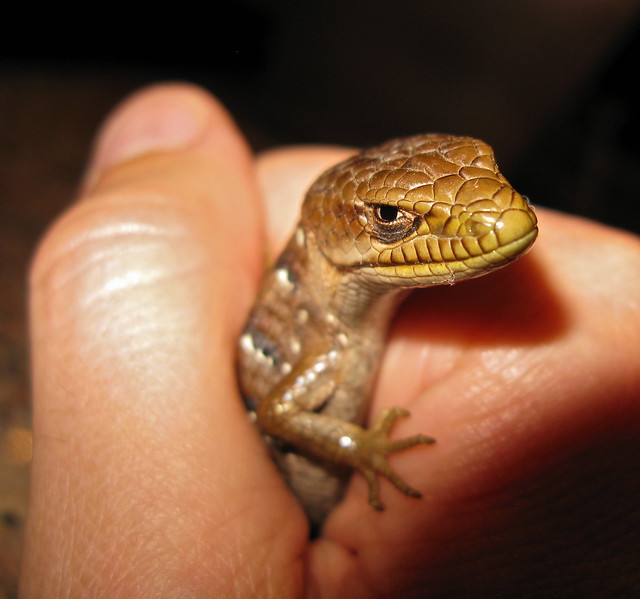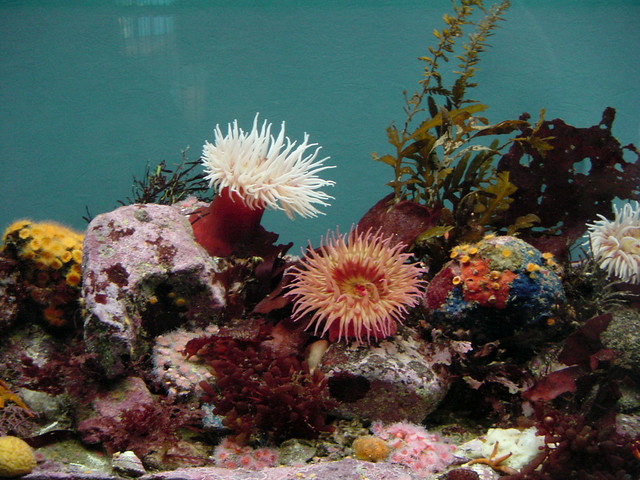Cichlids are a fairly hardy fish and their upkeep is reasonably simple supplied you stick to several simple principals. As hardy as they’re the cichlid fish can suffer from several diseases so with this write-up I have set out to clarify what they’re and what you are able to do about them.
Cichlids are a fairly hardy fish and their upkeep is reasonably simple supplied you stick to several simple principals. As hardy as they’re the cichlid fish can suffer from several diseases so with this write-up I have set out to clarify what they’re and what you are able to do about them.
Cichlids are a fairly hardy fish and their upkeep is reasonably simple supplied you stick to several simple principals. As hardy as they’re the cichlid fish can suffer from several diseases so with this write-up I have set out to clarify what they’re and what you are able to do about them.
Diseases in cichlid fish might be caused by parasites within the body, fungi on their exterior and also poor bacteria inside the tank water.
Issues that you simply wish to look out for are cloudy or puffy eyes, sores on their bodies, loss of color, restricted movement, bloating of stomach or internal organs. Any of these symptoms are normally caused by some sort of bacterial infection.
If you observe any strange looking growth around the face location or sporadic behavior in the tank like darting about in a crazy manner you could be looking at some sort of fungal infection.
If you see any weak breathing, impaired movement, mucus growth on the skin, loss of appetite, spots, intense scratching. These are typically the sign of parasite infection which could contain leeches, worms or lice.
Just concerning the most typical cichlid illness is Hole inside the head disease. Hexamita, normally results in rapid weight loss and a main loss of appetite, and also you will also notice small indentations on and around the head area.
Ich or Ichtyophthirius is also an additional widespread cichlid disease. With this distinct ailment whitened crystal marks show up on the head first, after which propagate over the whole body. Inhaling and exhaling is quickly, the fish scrapes a great deal, and also the eye balls and fins all turn into cloudy.
When the belly is enlarged, and also you uncover reddish scales encircling this location, it can be achievable that the cichlid is really struggling with Dropsy. This may possibly be because of germs, parasites, or even cancer. The most effective method to cope with this is saltwater therapy.
In case you neglect their water conditions then your fish may possibly end up with Fish Pox, Fin Rot or even Ammonia poisoning.
Columnaris or Cotton Wool Illness is one you must be quite wary of because it is very contagious. Symptoms is going to be a grey/white layer on the skin, fin harm, ulcers and sores, loss of color in the gills. You must treat this quickly having an excellent antibiotic kind therapy, and you may have to treat the complete tank. The exact same goes for Fish Tuberculosis which too is really contagious.
Yet another parasite sort infection is Slime Disease which causes a white coating of the skin, sporadic movement, reddening about the gills and also folded fins. You have to treat this straight away with a good parasitic medication and also by raising the water temperature a degree or two.
On the topic of diet plan should you over feed your fish they might wind up with Swim Bladder illness which will cause difficulty in swimming, swimming upside down, floating. Flip Over illness is also achievable with these symptoms.
One well-known way of dealing with diseases is salt treatment, but this should ideally only be done in a quarantine tank as other fish may be negatively affected. Plus it’s going to not guarantee a remedy for all diseases.
Now since an aquarium is such a modest closed atmosphere, with out proper monitoring and treatment can become a disease incubator. Typical cleaning of one’s tank and water will likely be your greatest weapon against disease in your aquarium.
It’s finest to spot these things as early as feasible so as to implement a remedy method before it can be too late….Excellent Luck






